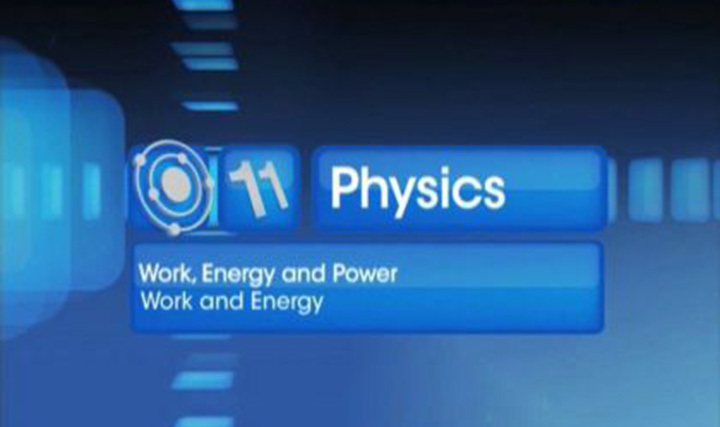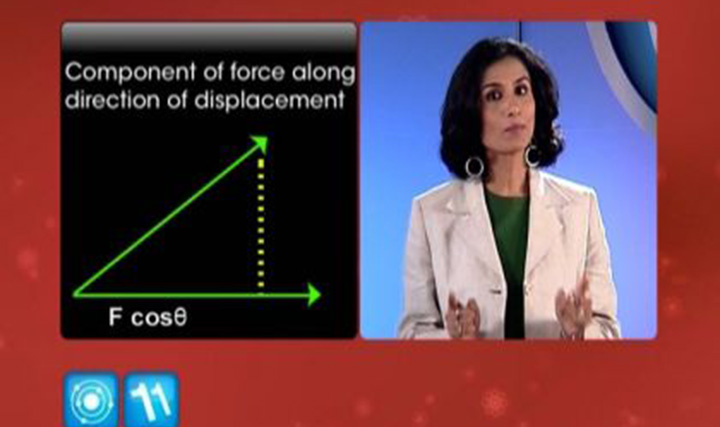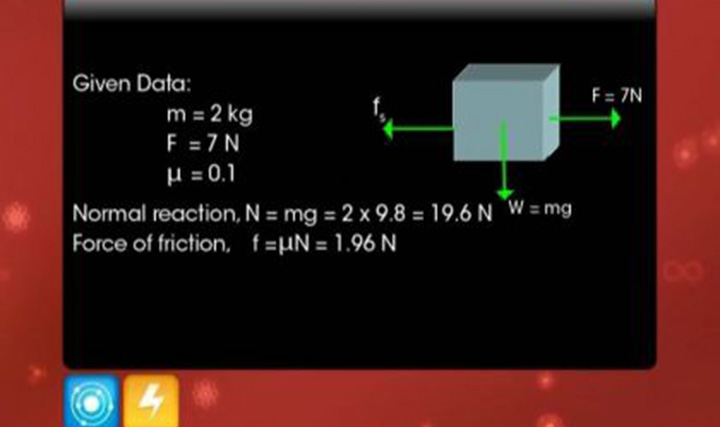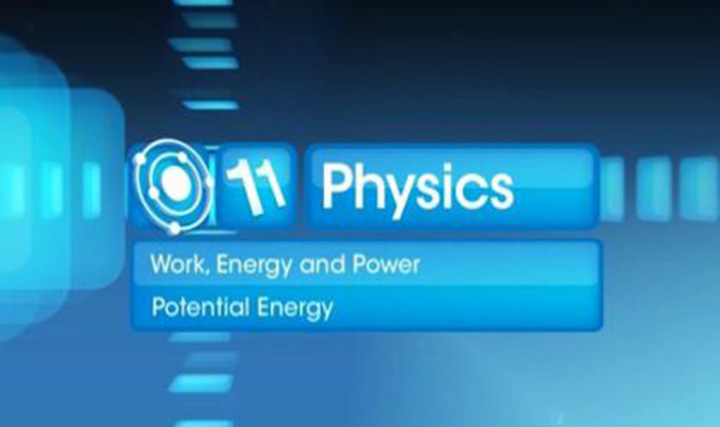CBSE Class 11-science - Collisions Videos
Work, Energy and Power
This video explains velocities of a body before and after collision in one and two dimensions in elastic and completely inelastic collisions.
More videos from this chapter
View All-
A steel ball is left through a height of 0.64m on a plate of steel. then height through which is rebounds is 0.36 m. calculated the coefficient of restitution
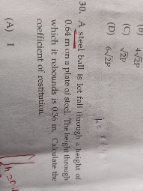
- Two identical balls moving in opposite directions with speeds 20m/s and 25m/s undergo head on perfectly inelastic collision. The speed of combined mass after collision is 1. 20m/s 2. 22.5m/s 3. 25m/s 4. 2.5m/s
- Derive expression for final velocity after perfectly inelastic collision
- A 0.15kg glider is moving to the right on a frictionless horizontal air track with a speed of 0.80m/s .It has a head on collision with a 0.300 kg glider that is moving to the left with a speed of 2.2m/s .Find the final velocity (magnitude and direction) of each glider if the collision is elastic.
- prove that in an elastic one dimensional collision between two bodies, the relative velocity of approach before collision is equal to the relative velocity of seperation after the collision. Hence derive expressions for the velocities of two bodies in terms of their initial velocities before collision.
- What do you mean by collision?
- What do you understand by plastic collision?
- Define coefficient of restitution or coefficient of resilience.
- What is the value of coefficient of restitution for a perfectly plastic body and why?
- What is difference between head-on and an oblique collision?

